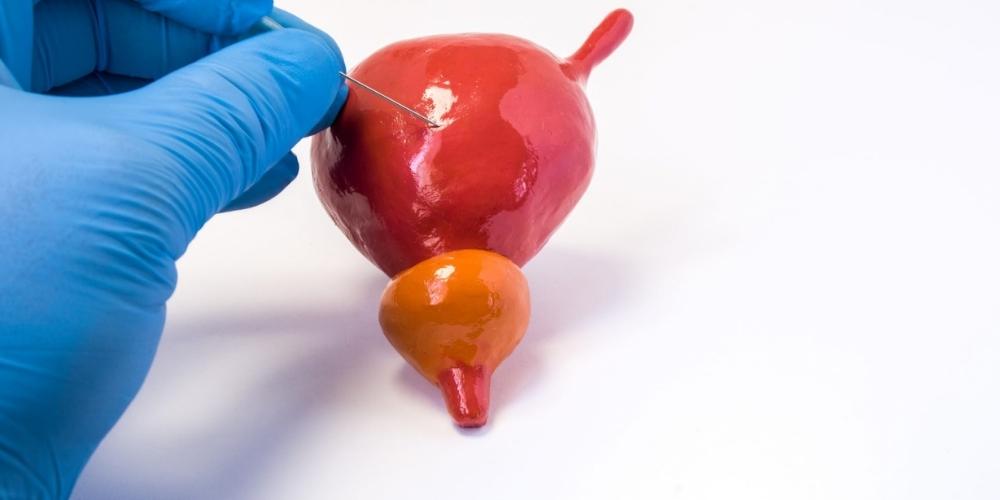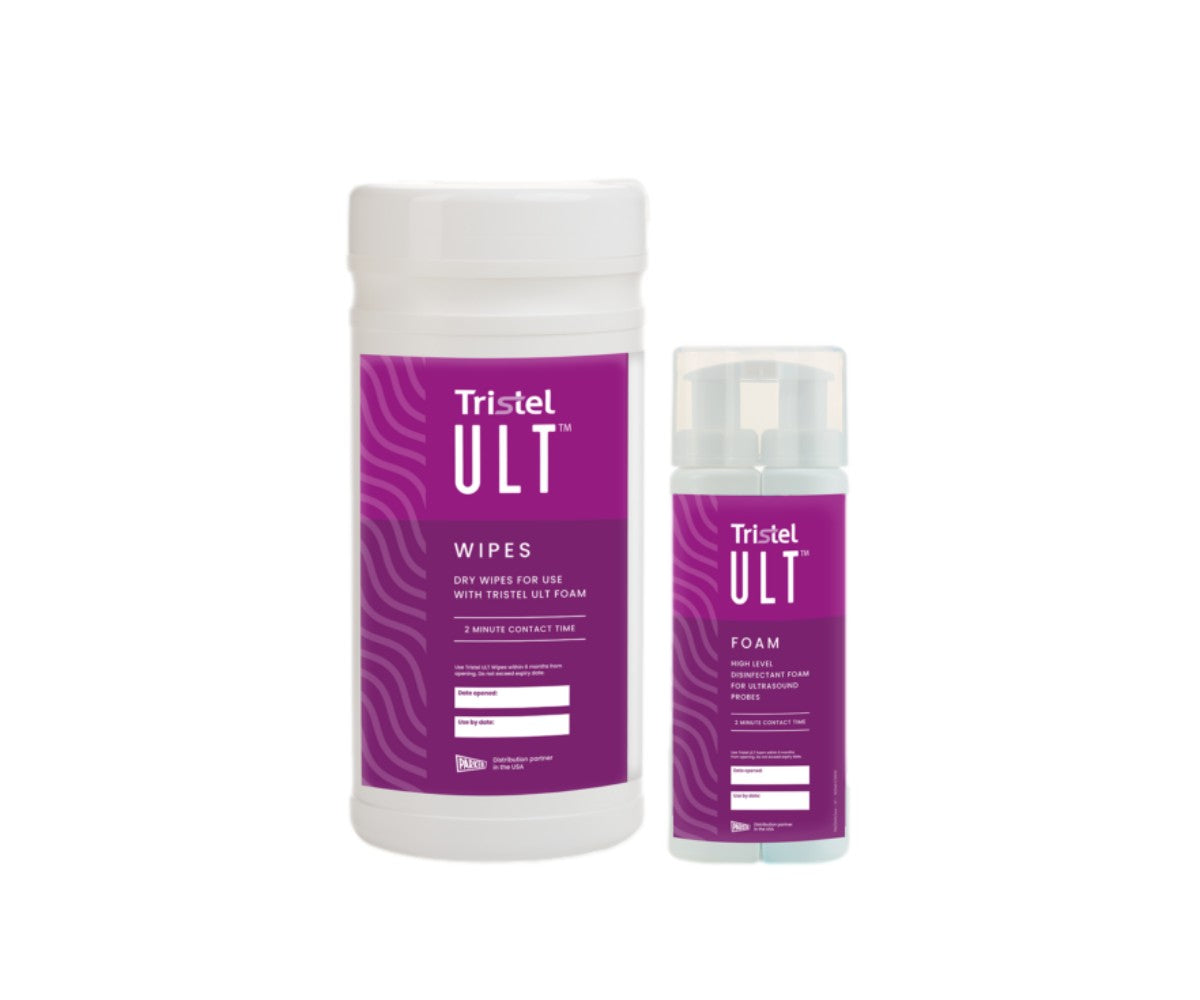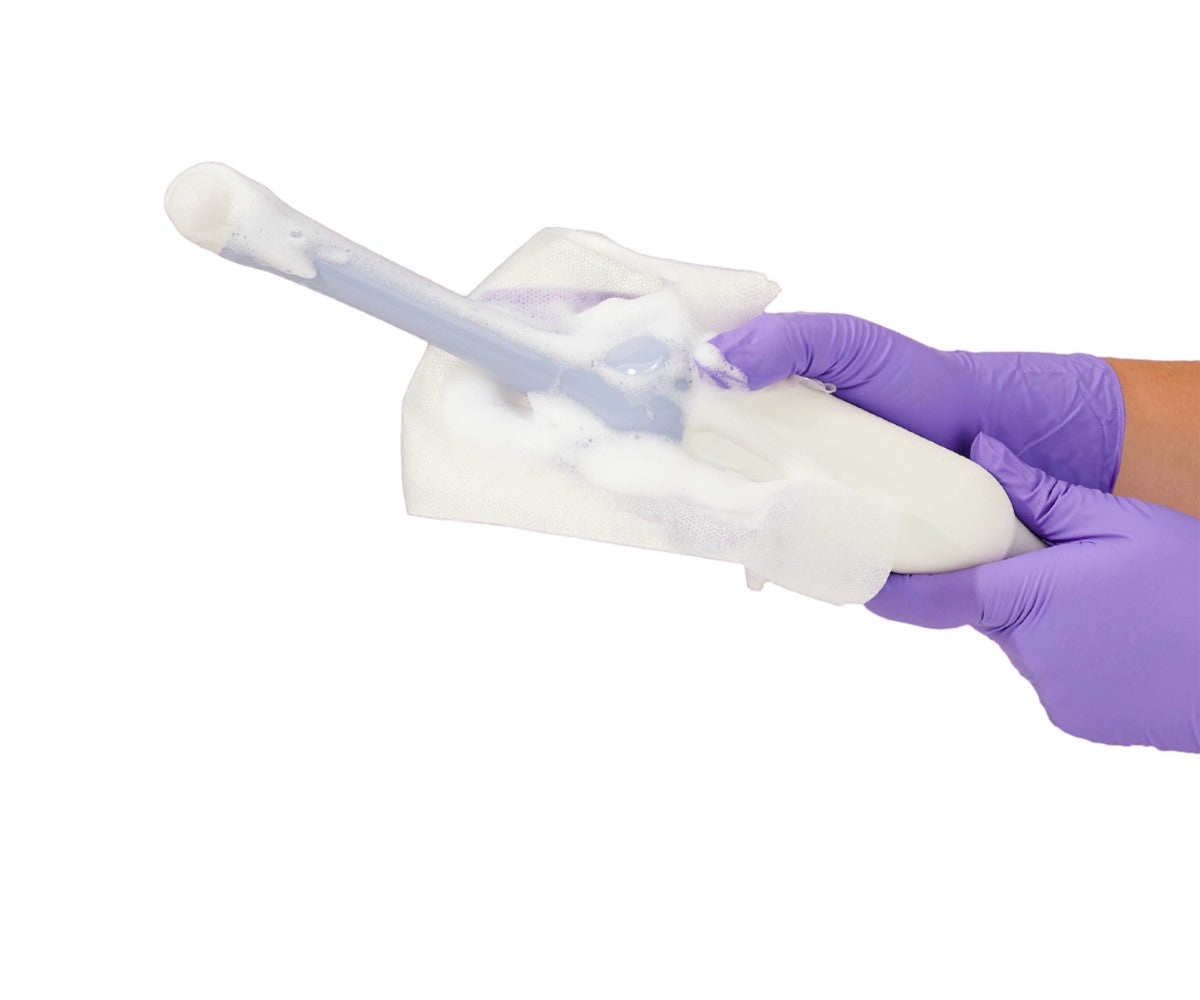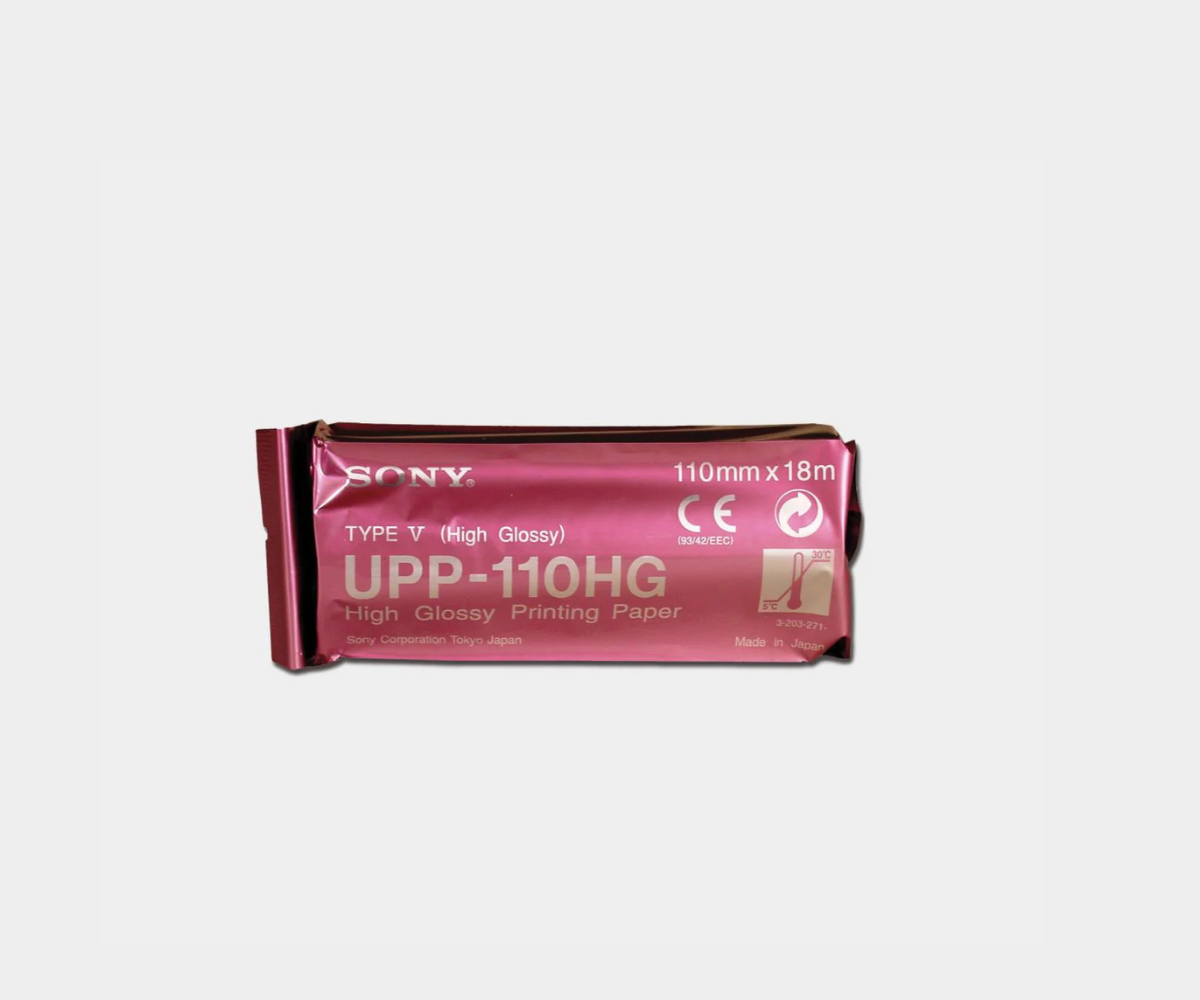Five Tips for a Safe Endocavity Biopsy
An endocavity biopsy can be of two types: transrectal (prostate biopsy) and transvaginal (ovarian biopsy). When performing either of these procedures, you are dealing with vital organs in a sterile environment (as your needle will be in contact with multiple body fluids including blood). Hence the five tips to make sure your patient is safe during and after the biopsy.Use Sterile Gel
We've covered this topic already here, but using sterile gel for endocavity exams is critical. In fact, the sterile gel is essential for two reasons:- It does not come contaminated from the factory
- You don't get to contaminate it when refilling your bottles as it is a single-use packet.
Use a Sterile Probe Cover
It is the same principle with the probe covers. Use a sterile one so you don't put your patient at risk with a previously-contaminated cover. Sterile covers are individually packaged, regardless of their size or material. They can be either latex or latex-free and usually come with elastic bands.Use a Needle Guide
If you need to be fast and accurate during your biopsies (and we're sure you do), then you need to use a needle guide. They will ensure that your needle is right on track and hit the target area with precision. As a result, it reduces the risks of hitting unwanted structures, therefore decreasing the complication rate. You can opt for a disposable or a reusable needle guide. To know the main differences, be sure to check our in-depth comparison. As per the benefits for endocavity biopsies, disposable guides can come in a kit that includes a sterile gel packet and a sterile cover. This is an excellent solution for the first three points of this article.








